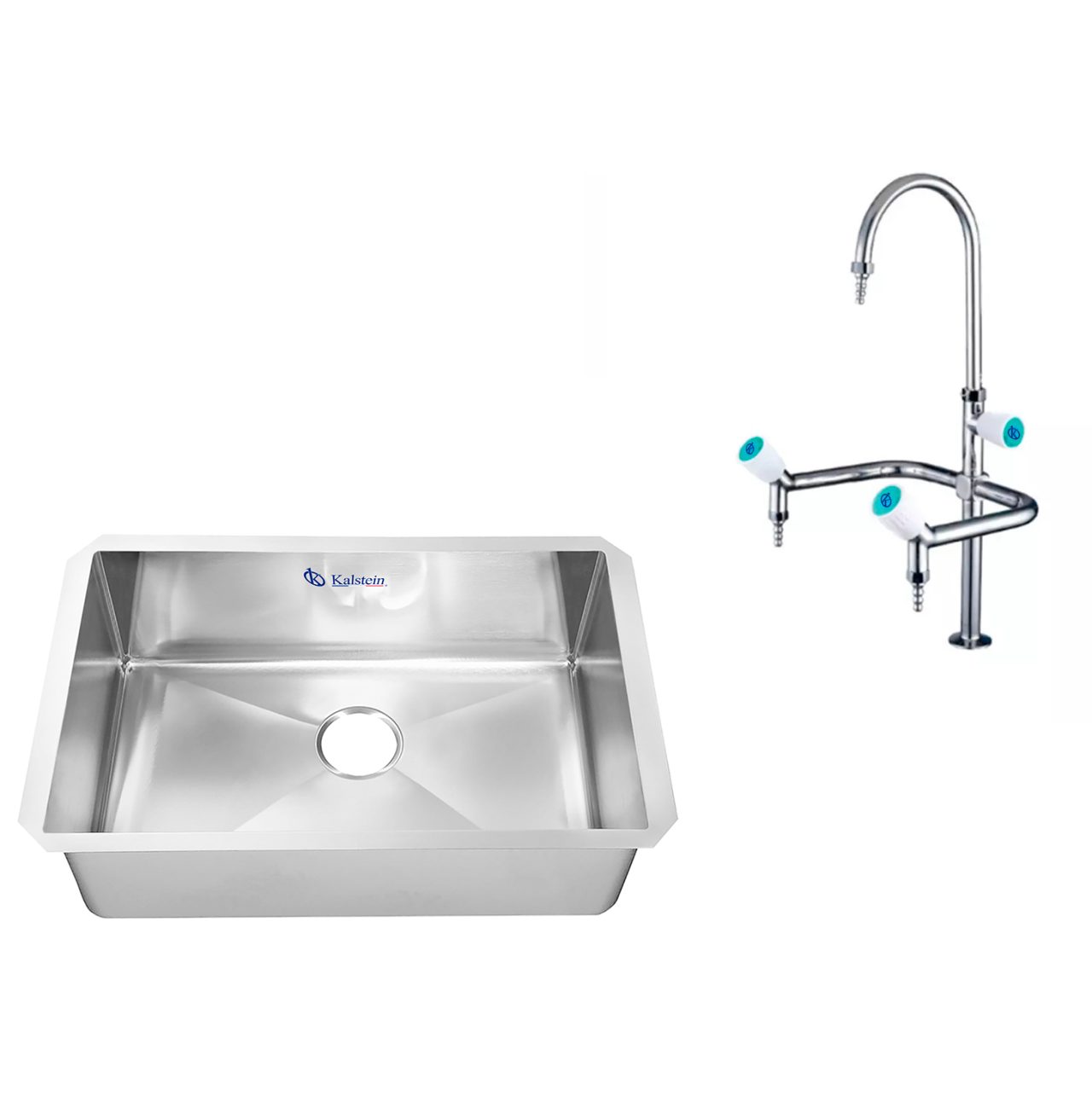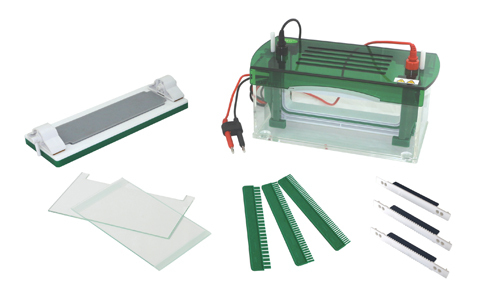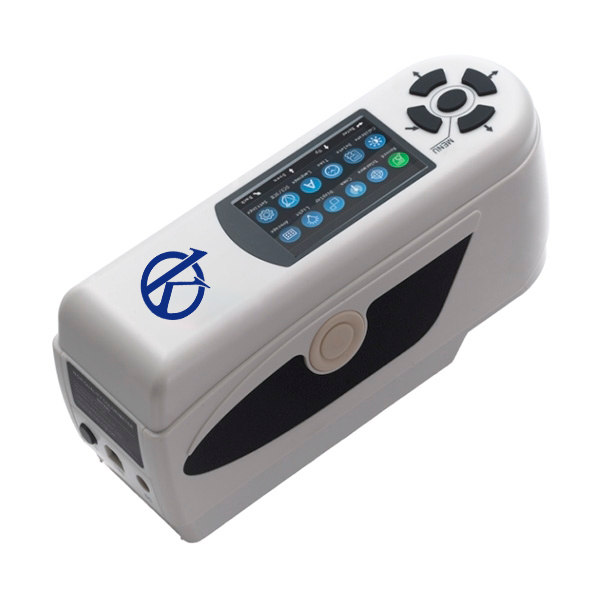The design of laboratory furniture with security in mind is an absolute necessity in the modern context. Working in a laboratory environment can be dangerous, especially in laboratories with powerful equipment and corrosive chemical materials. Therefore, work teams must provide a safe environment, where analysis of chemical and biological samples does not pose a risk to the person and to infrastructure in general. Such equipment should have drawers and shelves, with appropriate closure, so that samples and critical reagents for analysis can be stored.
Poorly designed furniture and constant misunderstandings are often the main culprits in laboratory accidents and fires. Therefore, better design of laboratory furniture is one of the most important ways to increase safety in the workplace. On the other hand, the use of inadequate materials is a source of potential risk, not only because of its rapid deterioration, but also because of the risk of ignition when handling reagents with a lot of oxidizing power.
What are the most important specifications to consider to make furniture safer?
One of the most essential elements of a safe laboratory is furniture designed specifically for such conditions. Typically, these would be tables and cabinets that are made to withstand any impact and potentially corrosive chemical materials. In addition, the design selected for a table or wardrobe is also important. Materials like wood and plastic are not the best for laboratories because they can be non-combustible in case of fire.
In relation to the above, it is preferable to opt for materials such as stainless-steel sheet as it offers superior corrosion resistance and increased fire resistance. Locking devices are also a key element in ensuring the safety of laboratory furniture. These devices, like locks, are placed on doors and drawers to prevent unauthorized entry. Also, drawers and cabinets should be built with a flat design to ensure that there are no tips or burrs. This will reduce the risk of injury and cuts.
Another important factor to consider is the floors. When selecting materials for floors, it is best to choose those that are resistant to oil and grease. This will reduce the likelihood that any spilled substance or equipment will cause an accident. In addition, the materials on the surface must be slip-resistant to avoid risks of injury from falls. From that point of view, a good floor should provide a surface that teams with the furniture, so that the whole is safe.
The incorporation of electronic and electrical equipment as part of a safe environment
Finally, the design of furniture for the laboratory will also focus on electronic equipment and objects. Many laboratories run on matches, lamps, reactors, and computer equipment. These things contain electrical components that should be separated from flammable materials, especially through proper storage. In addition to this, illumination and temperature sensors can be considered, which can support various experiments in the laboratory.
The safety of a laboratory is essential. Properly designed furniture with security in mind is essential to keep any work team clean, safe and happy, especially in a scientific environment such as a laboratory. Therefore, when designing these scenarios, it must be ensured that the selected furniture complies with these rules and procedures established by the security department. This will allow the lab to remain safe, clean and happy for everyone involved.
The safety of Kalstein’s laboratory furniture
Kalstein furniture provides a safe space for work in clinical laboratories. For its design, the manufacturer took into account all safety critical aspects, to ensure robust performance in the most frequent laboratory analyzes. The cabinets are constructed of laminated steel, which come with handles of the same material. The purchase of these furniture can be done from our websites HERE and HERE, where also the technical sales advisers can give you the prices and other details of interest.




